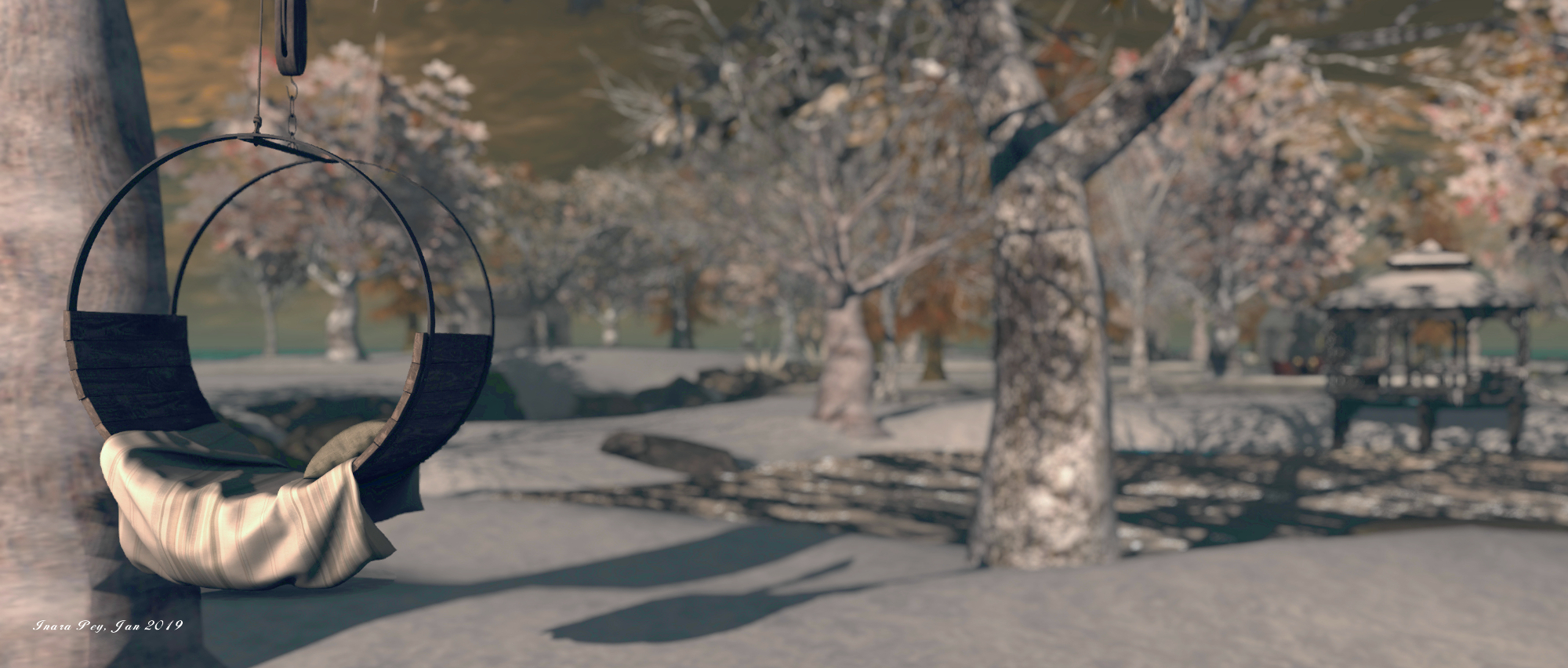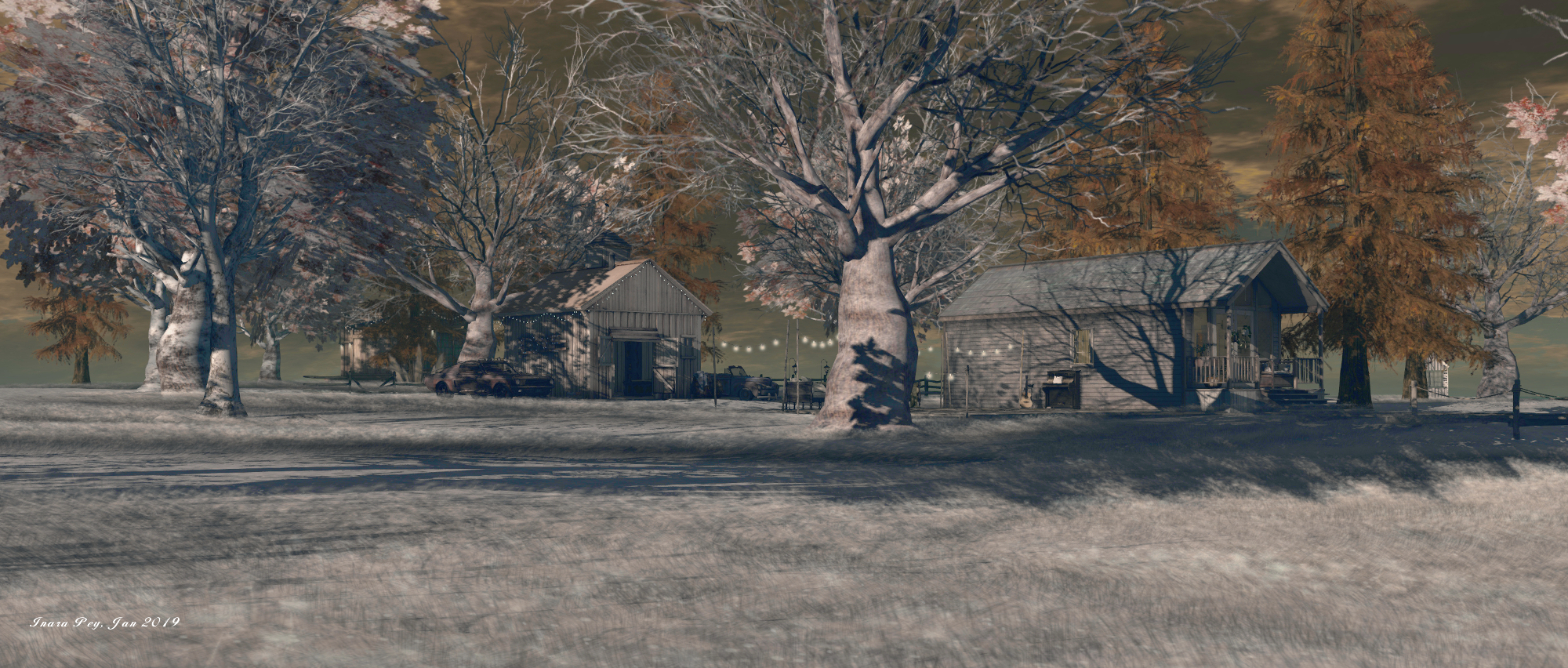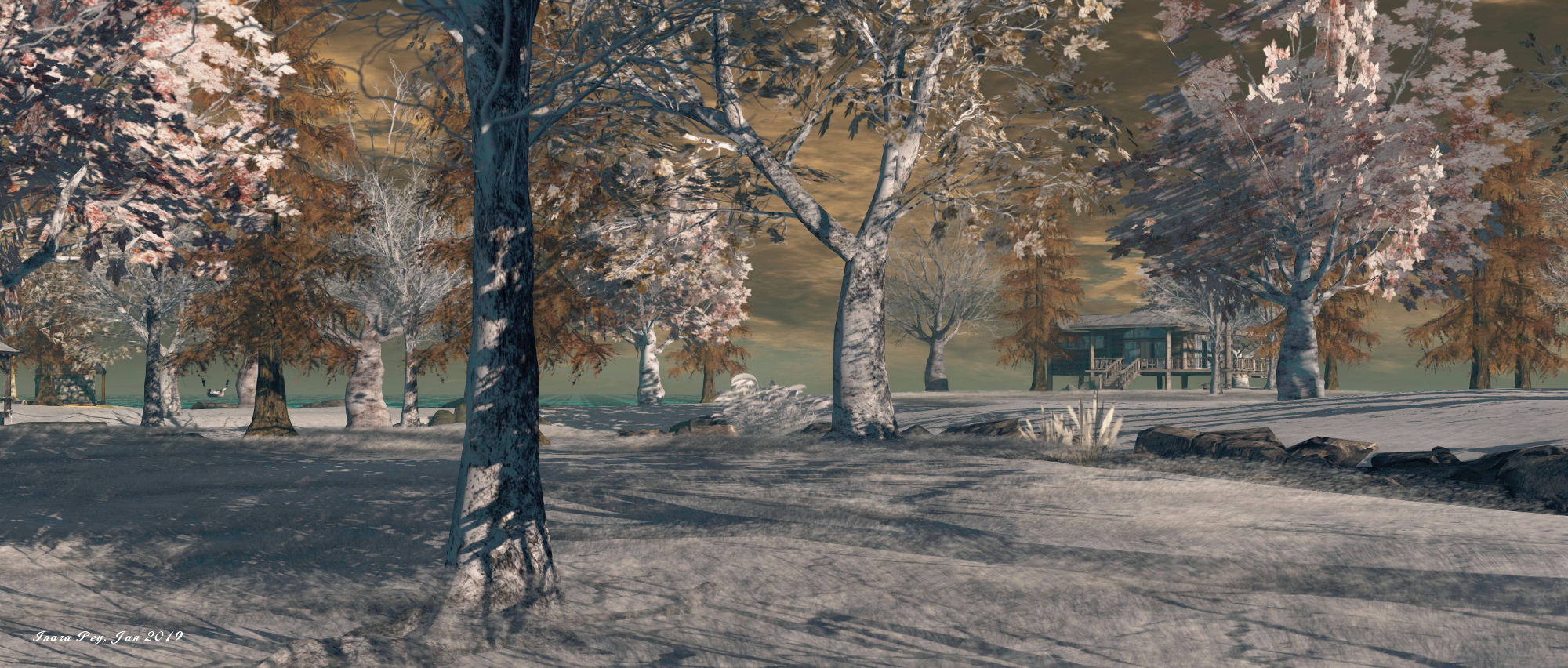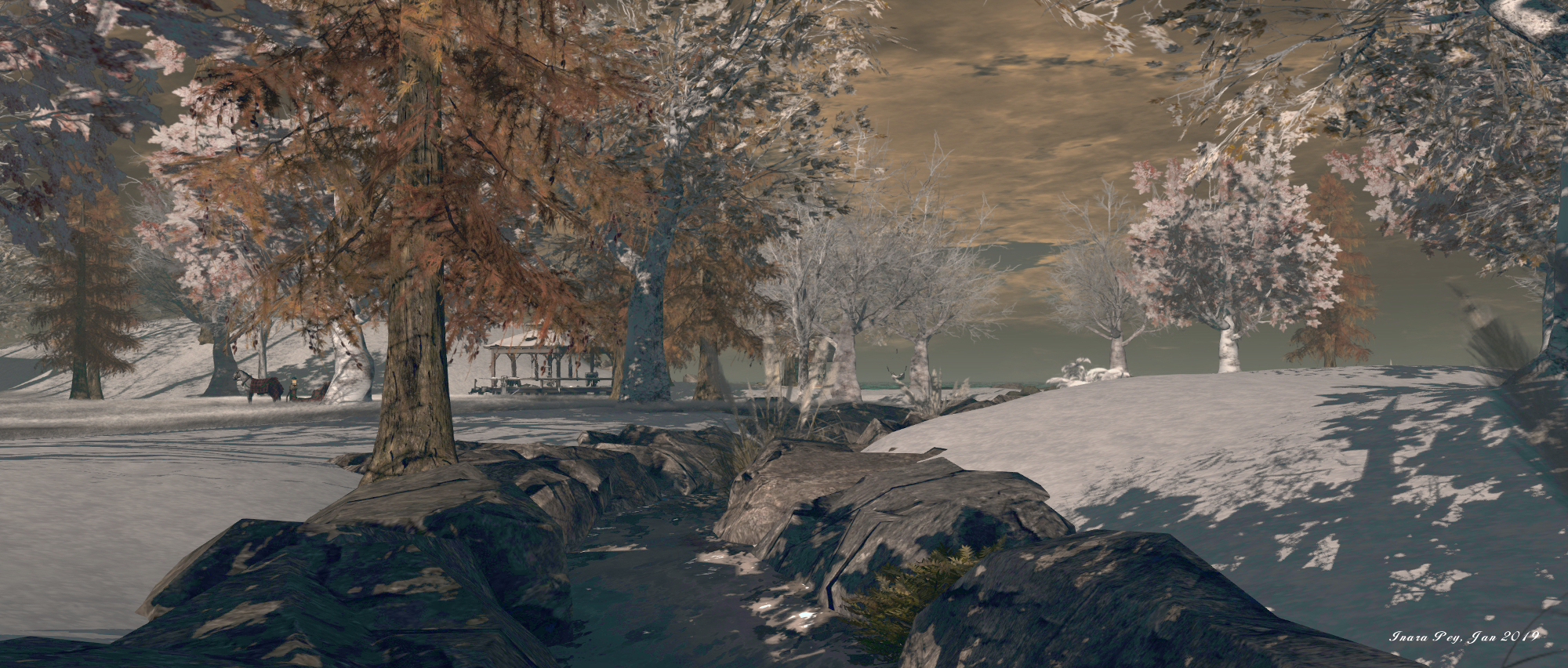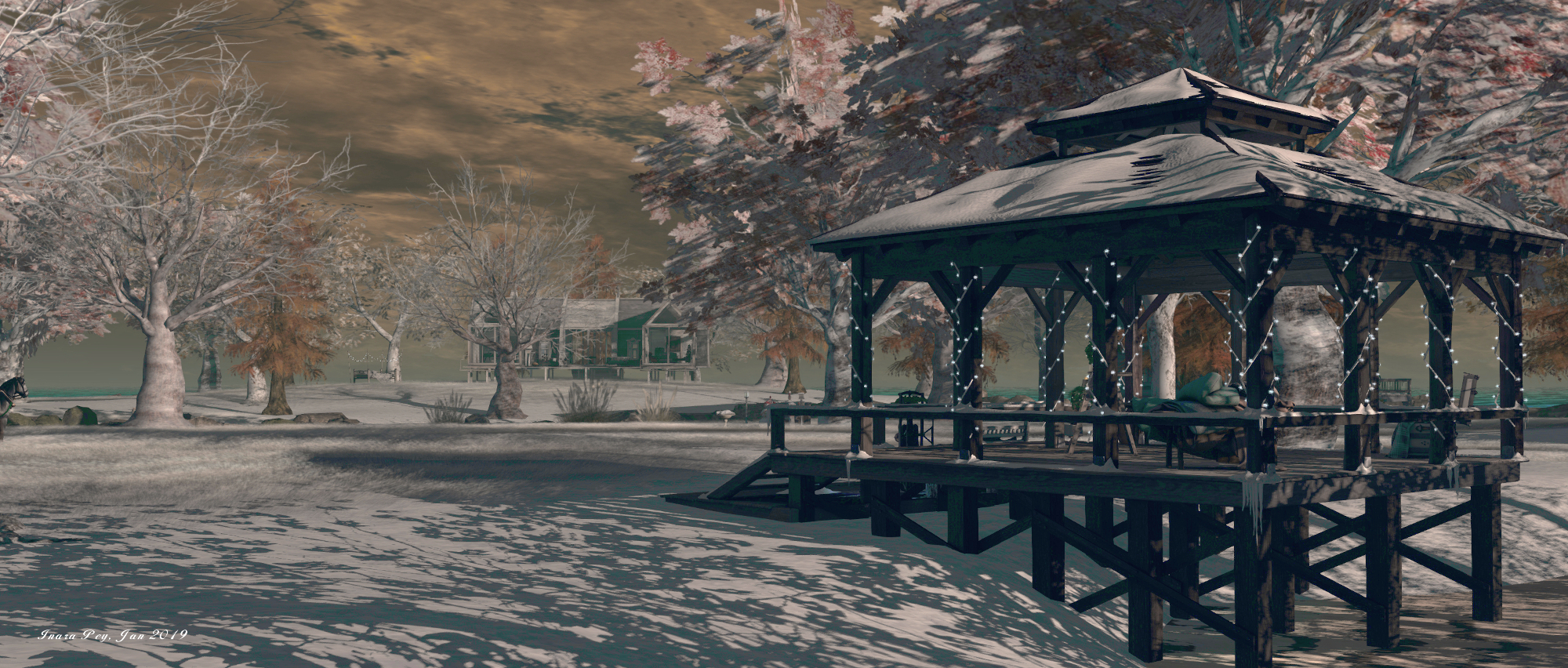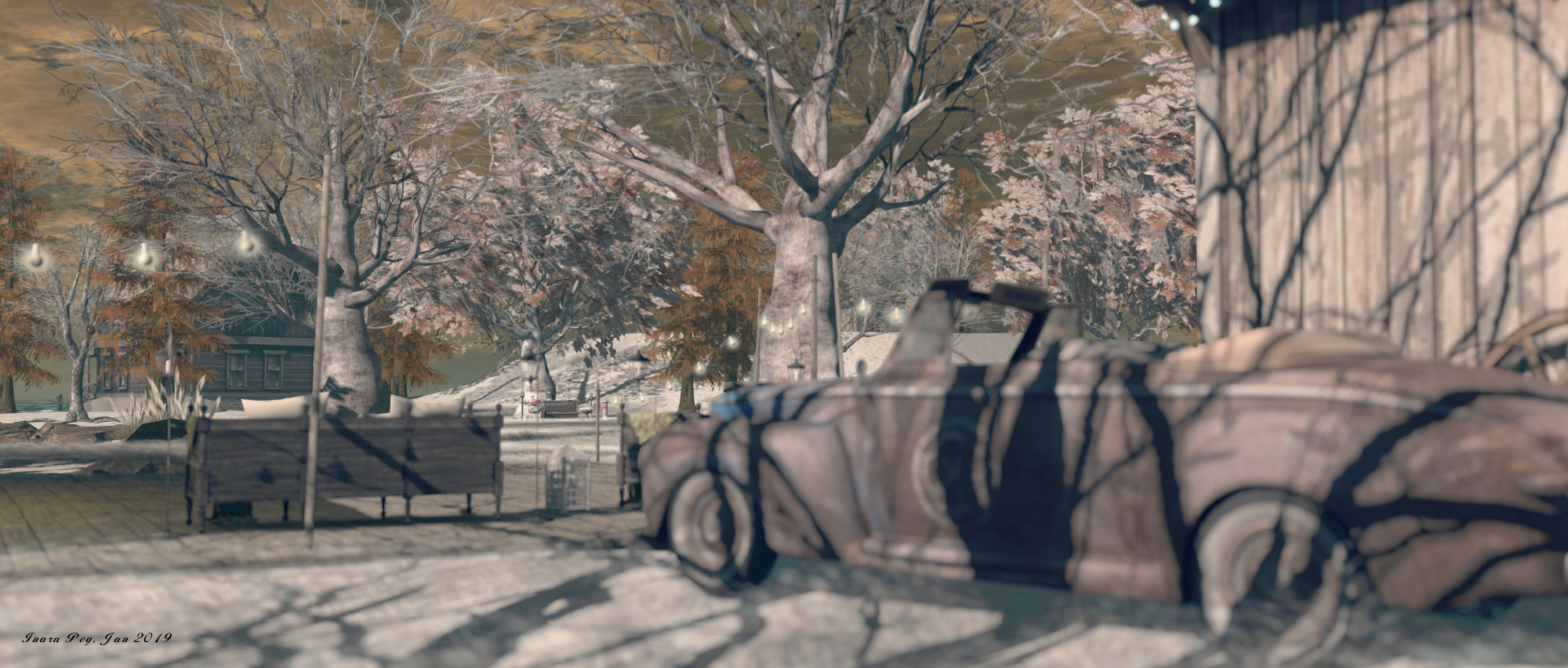
It’s time to highlight another week of storytelling in Voice by the staff and volunteers at the Seanchai Library. As always, all times SLT, and events are held at the Library’s home at Holly Kai Park, unless otherwise indicated.
Sunday, January 27th, 13:30: Tea Time with The Saint
Adventure came to him not so much because he sought it as because he brazenly expected it. He believed that life was full of adventure, and he went forward in full blaze and surge of that believe…
So reads The Man Who Was Clever, billed as the first graphic novel about Simon Templar, aka The Saint, aka The Robin Hood of Crime, and the creation of Leslie Charteris, when describing the man himself. Templar first arrived in literature in 1928, his career in print spanning almost six decades with Charteris, with later books and stories being written in collaboration with other writers.
His career in other media started in 1938 with the release of the motion picture The Saint in New York, and in radio in 1940 – with none other than Vincent Price most famously providing Templar with a voice from 1947 to 1951 on no fewer than three US radio networks.
However, it is probably as personified by Roger Moore on television between 1962 and 1969 that Templar is familiar to most. This series actually added to the library of The Saint’s literature, with a number of original scripts for the series – with Charteris’ approval – becoming short stories using his name as the author.
The Man Who Was Clever first appeared in 1930 as a part of the first collection of short stories about The Saint published under the title Enter The Saint. In it, Templar, the man who robs from the evil and heartless rich, and gives to the wronged and deserving poor, entered the world of graphic novels thanks to a story adaptation by Mark Ellis David Bryant serving as
Monday, January 28th 19:00: Ringworld
 Gyro Muggins reads the first in Larry Niven’s science fiction series focused on a gigantic artificial ring, the Ringworld, built around a far away star at a distance roughly equivalent to the orbit of the Earth around the Sun.
Gyro Muggins reads the first in Larry Niven’s science fiction series focused on a gigantic artificial ring, the Ringworld, built around a far away star at a distance roughly equivalent to the orbit of the Earth around the Sun.
Roughly 1.6 million km wide, the ring rotates slowly around its central star to provide a gravity on its inner surface roughly equivalent to that of Earth, and it has an atmosphere suitable for humans. It was built by a race known as the Puppeteers, who have been working to affect both humans and the cat-like, warrior Kzin.
Regarded as a classic, Niven’s novel (and later series) is also curiously contradictory. On the one hand, it is focused on exact science of advanced technologies, but on the other it engages in bizarrely pseudo-scientific fantasy conceptions.
The series sits within Niven’s broader Known Space series, the fictional setting of about a dozen novels and several collections of short stories, and which encompasses his Man-Kzin wars series. In addition, the idea of the ringworld it presents is regarded as the inspiration for the Halo series of video games, and there are multiple similarities between the two.
Tuesday, January 29th 19:00: The Time Keeper
 The inventor of the world’s first clock is punished for trying to measure God’s greatest gift. He is banished to a cave for centuries and forced to listen to the voices of all who come after him seeking more days, more years.
The inventor of the world’s first clock is punished for trying to measure God’s greatest gift. He is banished to a cave for centuries and forced to listen to the voices of all who come after him seeking more days, more years.
Eventually, with his soul nearly broken, Father Time is granted his freedom, along with a magical hourglass and a mission: a chance to redeem himself by teaching two earthly people the true meaning of time.
He returns to our world – now dominated by the hour-counting he so innocently began – and commences a journey with two unlikely partners: one a teenage girl who is about to give up on life, the other a wealthy old businessman who wants to live forever. To save himself, Father Time must save them both. And stop the world to do so.
Join Caledonia Skytower and Kayden OConnell as they read Mitch Albom’s 2012 novel.
Wednesday, January 30th 19:00: Keepin’ It Brief
100-word stories with R. Crap Mariner.
Thursday, January 24th: 19:00: Moana Part 4
With Shandon Loring & Caledonia Skytower. Also in Kitely grid.kitely.com:8002:SEANCHAI.
